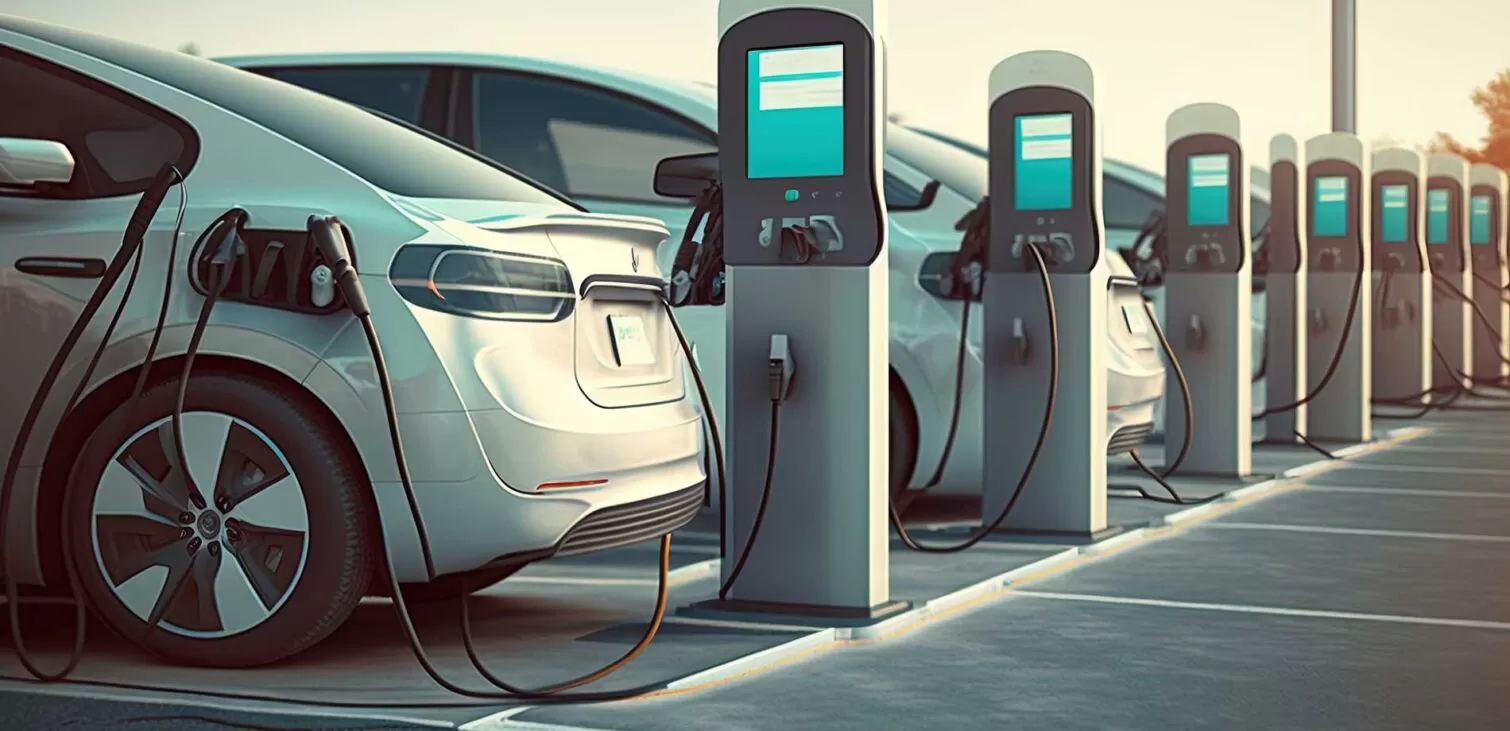The Rise of Wellness Travel: Vacationing With Purpose
The Hidden Cost of Climate Change on Public Health

Climate change is often framed through headlines of melting ice caps and extreme storms, but by 2025, its most urgent impact is becoming clear: a full-blown public health emergency. Rising temperatures, toxic air, and shifting disease patterns are no longer abstract risks—they’re daily realities affecting hospitals, communities, and individual bodies worldwide. From smog-choked cities to flood-ravaged towns, climate change is rewriting the rules of public health, proving it’s not just an environmental issue, but a matter of life and death.
Toxic Air: Wildfires and Pollution as Silent Killers
One of the most immediate and widespread health consequences of climate change is deteriorating air quality. Prolonged droughts, fueled by rising global temperatures, have turned wildfires into annual catastrophes: in 2024, Canadian wildfires blanketed 40% of the U.S. with smoke, exposing 120 million people to hazardous particulate matter (PM2.5)—tiny particles that penetrate deep into the lungs and bloodstream. In Sydney, Australia, 2025’s fire season saw asthma-related ER visits spike by 73% in a single week. Children under five and adults with chronic lung conditions are worst hit; the World Health Organization estimates that climate-amplified air pollution now causes 4.5 million premature deaths annually.
Heatwaves: The Lethal Toll of Rising Temperatures
Heatwaves, once rare, have become longer and more intense, with 2025 breaking records across Europe, Asia, and North America. In India’s northern plains, where temperatures reached 123°F (50.5°C) in May 2025, heatstroke deaths surpassed 2,000 in a single month. Urban areas suffer most: concrete jungles with little green space trap heat, creating “urban heat islands” where temperatures can be 15°F higher than surrounding rural areas. In Phoenix, Arizona, emergency services reported a 400% increase in heat-related calls during the 2025 summer, with construction workers and homeless populations accounting for 60% of fatalities. Even moderate heat spikes are dangerous: a 2025 study in The Lancet linked daily temperatures above 95°F to a 22% rise in cardiovascular deaths among adults over 65.
Disease on the Move: Mosquitoes and Ticks Expand Their Reach
Warmer temperatures are redrawing the map of vector-borne diseases, allowing mosquitoes and ticks to thrive in once-uninhabitable regions. Dengue fever, once confined to tropical zones, infected 5 million people in southern Europe in 2024—a region where cases were rare a decade ago. In the U.S., Lyme disease cases have doubled since 2015, with ticks now established in 49 states, up from 39 in 2010. Even Alaska, long too cold for most disease-carrying insects, reported its first locally transmitted case of West Nile virus in 2025. Public health systems are struggling to adapt: in Brazil, dengue outbreaks overwhelmed hospitals in 2025, with 30% of clinics running out of beds during peak seasons.
Mental Health: The Invisible Scars of a Changing Climate
The psychological toll of climate change is emerging as a silent epidemic. “Climate anxiety”—a persistent fear of environmental collapse—now affects 68% of Gen Z adults, according to a 2025 American Psychological Association survey, with many reporting sleep disturbances and panic attacks. For frontline communities, the trauma is more acute: survivors of California’s 2024 wildfires showed a 35% increase in post-traumatic stress disorder (PTSD) diagnoses a year later, while farmers in East Africa, grappling with their fifth consecutive drought, have seen suicide rates rise by 27% since 2020. Mental health providers are scrambling to add “climate grief” to their toolkits, but resources remain scarce in low-income regions hit hardest by disasters.
Policy Gaps: Playing Catch-Up in a Crisis
Governments are starting to respond: the EU’s 2025 “Climate-Health Action Plan” allocates €5 billion to heat-resistant hospitals and air quality monitoring, while India has mandated heatwave early warning systems in 200 cities. Yet these efforts often lag behind the crisis. In Bangladesh, where 20 million people face annual flooding, only 12% of health centers are equipped to handle waterborne disease outbreaks. Meanwhile, low-income countries, responsible for just 10% of global emissions, receive less than 5% of climate health funding—exacerbating inequities in care.
Conclusion: Health Equity as the Key to Survival
Climate change is no longer a future threat; it’s a present-day health crisis that demands urgent, collective action. From redesigning cities to cool down neighborhoods, to training doctors in climate-related diseases, solutions must center on equity—ensuring the communities least responsible for emissions get the support they need. As 2025 makes clear, our ability to survive the climate crisis will depend not just on reducing carbon footprints, but on building a world where health care is as resilient as the storms we face.


De-Dollarization 2025: Can the World Really Ditch the Greenback?

Digital Twins Are Becoming the Backbone of Smart Cities

The Hidden Cost of Climate Change on Public Health

The EV Revolution Is No Longer About Cars—It's About Infrastructure

The Weight Loss Drug Boom: What’s Behind the Global Ozempic Craze?

The Minimalist Home: Redesigning Life With Less Clutter and More Clarity

AI Meets Finance: The Rise of Automated Wealth Advisors and Risk Engines

How Central Bank Interest Rate Shifts Are Reshaping Global Investment in 2025

AI & Tech: Simplifying E-Bike Conversion Kits